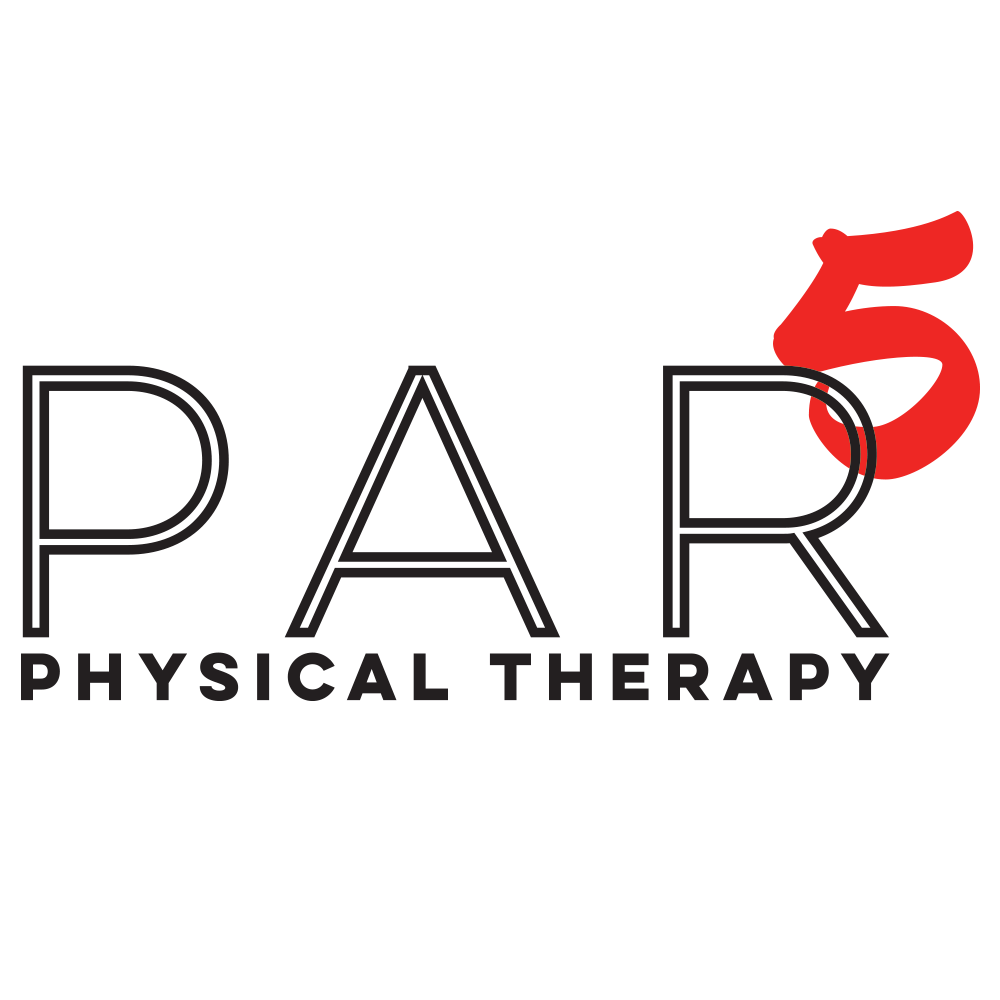What is Dry Needling?
Dry needling is a treatment technique to treat pain and movement impairments. A "dry" needle, one without medication or injection, is inserted into areas of the muscle. It’s also known as: Trigger point dry needling or Intramuscular manual therapy.
Dry needling is not acupuncture, which is based on traditional Chinese medicine performed by acupuncturists. Dry needling is a part of modern Western medicine and is supported by research.
The needle can be inserted into a muscular trigger point (a tender, taut band of muscle that may or may not refer to other parts of the body), a tendon (a connective tissue structure that connects a muscle to bone), or ligament (a connective tissue structure that connects bone to bone),
Needling a trigger point can relieve pain or improve range of motion. Research shows that dry needling improves pain control and reduces muscle tension. Studies also show that dry needling can normalize dysfunctions of the motor end plates, from which nerve impulses get transmitted to muscles. Needling a tendon or ligament can have a cascade of effects on treating tendinitis, tendinosis, or sprains.
Dry needling also can impact the nervous system. The peripheral nervous system is divided into the sympathetic (flight or fight) and parasympathetic (rest and digest) nervous systems. These two parts function to maintain homeostasis. A variety of dysfunctions can occur when they are not balanced.
Needling is the most powerful tool physical therapists can use to quickly and effectively regulate the nervous system toward homeostasis. The vast majority of physical therapy patients present with sympathetic hyperactivity.
Overall, needling has a dampening effect on the sympathetic nervous system and elevates the parasympathetic nervous system. If the parasympathetic system is directly targeted, the homeostatic effect on the nervous system is increased which helps improve most medical impairments that bring patients to physical therapy.
When a needle is inserted into a muscular trigger point, generally the sensation is a deep ache and “grabbing” as the needle enters the tight band of muscle. There may be a spontaneous muscle twitch. On a mechanical level, there are a bunch of things that need to happen for a muscle to contract, but there are three primary processes that need to occur. This process requires sodium, potassium, and calcium. Along with a neurotransmitter, acetylcholine, and another substance, acetylcholine esterase, they are responsible for creating contraction and relaxation of a muscle.
A hyperactive sympathetic nervous system can lead to skeletal muscle vasoconstriction (tightening of the blood vessels in the muscle) and trigger points. This reduces the local circulation, increasing the CO2 inside the muscle, making the region more acidic, and creating an environment where the muscle fibers are more likely to go into spasms and lose the ability to relax.
The needle allows the muscle to relax from a mechanical and neurological method. It mechanically increases blood flow to the muscle trigger point, improving the cellular environment, resetting the muscle length, and decreasing sympathetic nervous system activity, and promoting parasympathetic nervous system activity.
For more information on how dry needling can help you, contact PAR5PT to start a conversation and get your questions answered.
PAR 5 Physical Therapy specializes in helping active individuals in Morris County, NJ get back to exercising and working out pain-free without having to take time off or rely on injections/pain medication. PAR5PT offers physical therapy and performance services to all populations, with specialties in Orthopedics, Golf Fitness Training and Rehab, Manual Therapy Techniques, and Wellness Services.
If you’re dealing with anything, big or small, and you have questions, just call/text 973-490-4955.

